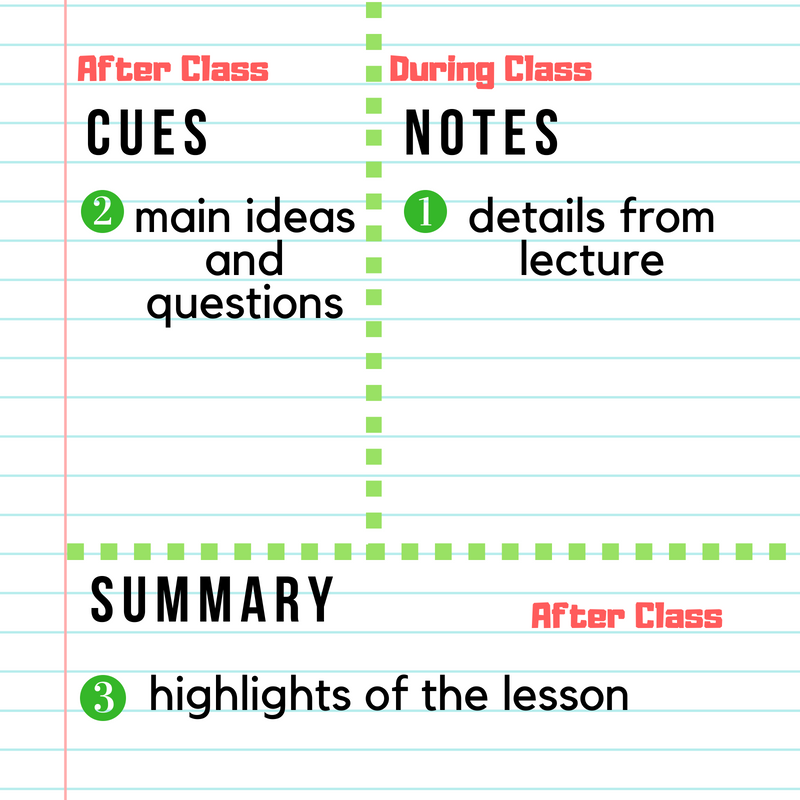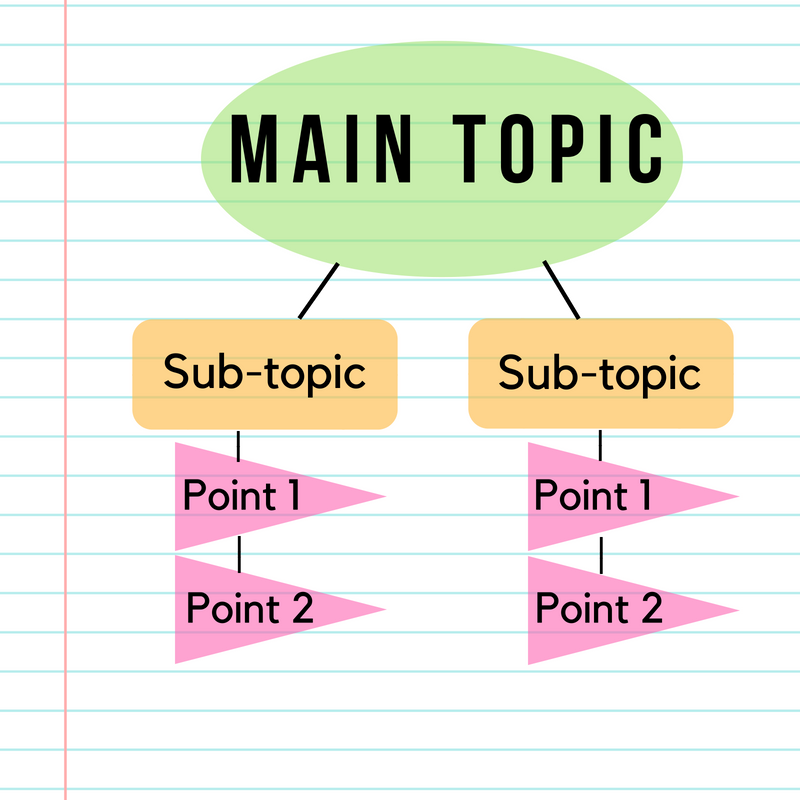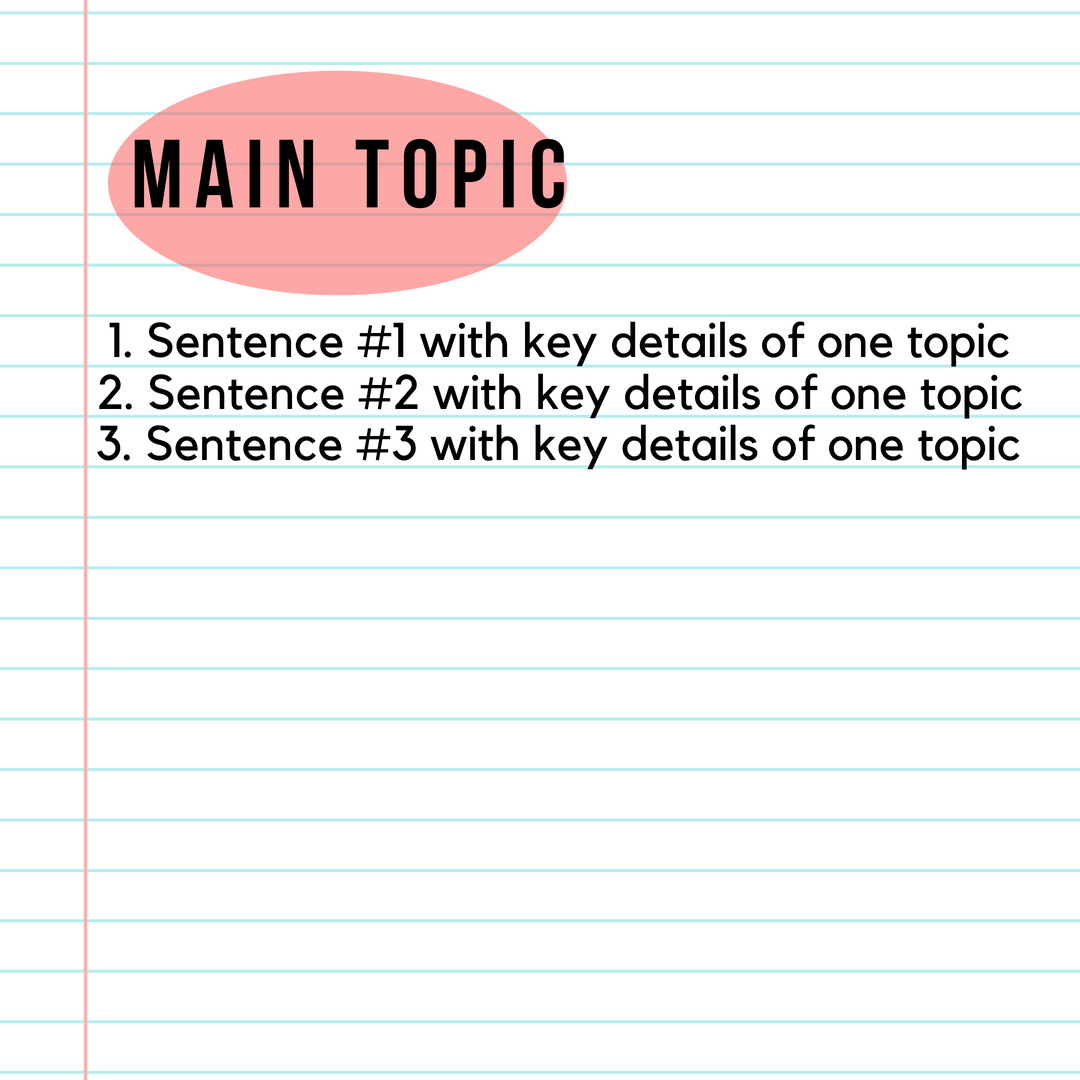While looking out at a first-year university lecture, you may encounter dimly lit faces of hundreds of students typing madly on their laptops, eager to preserve every word uttered by their professor. Now, if you were to walk over to an upper year university course, you may be met by less frantic typing or students who have taken to pencil and paper notes. Over the course of my undergrad, my note taking skills have evolved, and I have learned a few things along the way. Here I will discuss the different methods to take notes during lecture.
So why do we take notes anyway? Well it improves our learning by:
- Ensuring that we are alert and listening to the professor
- Making sure we understand the main ideas being taught
- Creating a guideline that we can refer to later on while studying
Using pen and paper
1. The Cornell method
The Cornell method allows you to organize information and ensure that you understand it as well. First, you split up your paper into three sections labelled Notes, Cues and Summary. The first aspect requires you to write out any notes during class as you hear them. Once class is over, you can reread your “Notes” section and add any questions or important ideas within the “Cues” section. Once you have filled in these two sections it is time to write a summary of the lesson that you can refer back to in order to study. By exam time, you will have a stack of neatly organized notes of each lecture!

2. The mapping method
The Mapping method allows a visual representation of your notes in a way that shows the relationships between ideas. To start off your notes, jot down the main idea of that lecture and continue adding subheadings throughout the class. By the end, you should have a main topic with many subheadings and additional notes beneath them.

3. The sentence method
The sentence method is fairly simple and requires a main topic followed by notes in sentence or point form. The heading creates some organization while at the same time allowing for freedom.

Using electronics
Technology allows us to write faster and to write more notes. Although this seems like a positive note (pun intended), it can also be an excuse to zone out and type out everything without actually hearing it. This is what I like to call “zombie writing”. Despite this, typing notes on a laptop seems to be the top choice for students for a variety of reasons. Here are a couple of methods on how to use technology for note-taking effectively.
1. Filter
Instead of writing down every word, apply yourself and listen to key ideas that are emphasized. Although the professor may have a PowerPoint with these prompts, it is always a good idea to listen for any additional points they add to those topics. Chances are this information will appear later on assignments or tests.
2. Record the lecture
If you can’t help but type every word, try recording the lecture (if it is allowed) to refer to later. Of course this isn’t an excuse to skip taking notes, rather a way to revisit the fun and take additional notes after class.
3. Map it out
Some of us are visual learners and so a page filled with notes may not be the best strategy. Another option is using a free concept mapping software such as Visual Understanding Environment (VUE). This program allows you to colour code certain ideas as well as organize them in a logical format. This way you are better able to see the way your notes connect. Doing so allows you to engage and make clear connections while you learn the information in class.